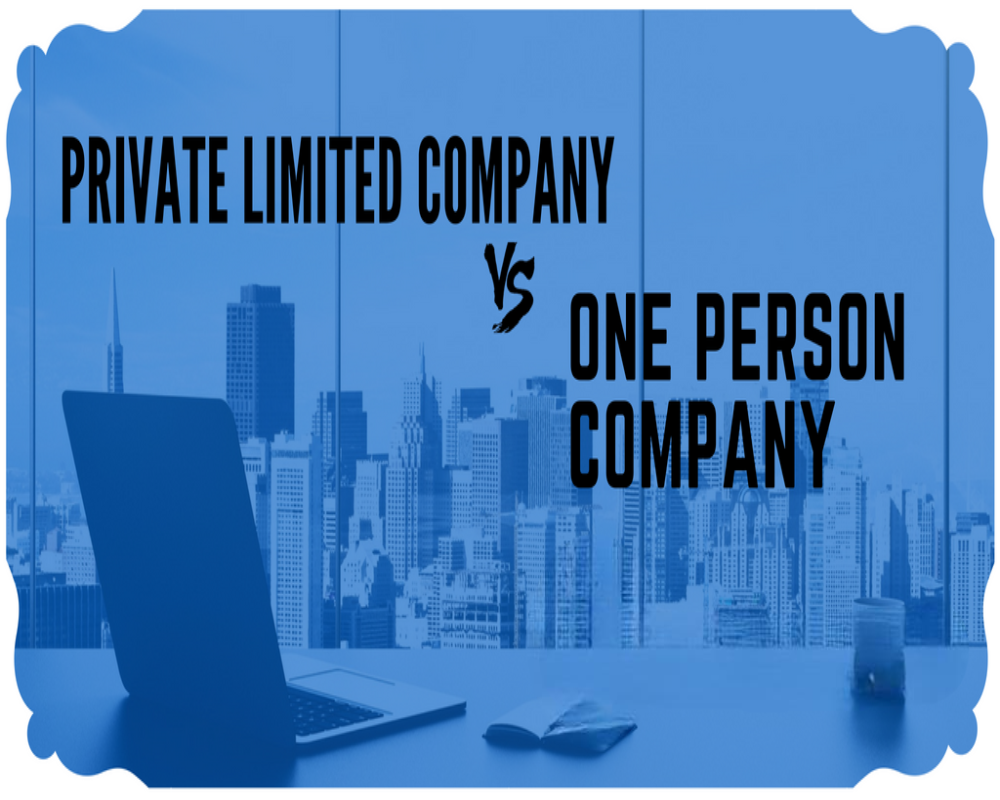1. Ownership Structure
- OPC: Owned and operated by a single individual who acts as both shareholder and director
- Private Limited Company: Requires a minimum of 2 shareholders and 2 directors, allowing for shared ownership and management
- OPC is suitable for solo entrepreneurs, while Pvt Ltd supports partnership and investment
2. Number of Members
- OPC: Can have only one member at any time
- Private Limited Company: Can have 2 to 200 shareholders, facilitating broader ownership
- OPC restricts collaborative ownership, unlike Pvt Ltd
3. Compliance Requirements
- OPC: Enjoys less stringent compliance, such as exemption from holding Annual General Meetings (AGMs)
- Private Limited Company: Must comply with more detailed statutory requirements, including board meetings, AGMs, and ROC filings
- Pvt Ltd is subject to more regulatory oversight due to multi-member ownership
4. Fundraising and Investment
- OPC: Cannot raise funds by issuing equity to the public or other investors
- Private Limited Company: Can raise equity from private investors, venture capitalists, or corporate entities
- Pvt Ltd is more suited for businesses seeking external funding
5. Conversion Flexibility
- OPC: Mandatory to convert into a Private or Public company if turnover exceeds ₹2 crore or paid-up capital exceeds ₹50 lakh
- Private Limited Company: No such mandatory conversion requirement and can operate and grow independently
- OPC faces growth limitations in structure and investment scope


0 Comments